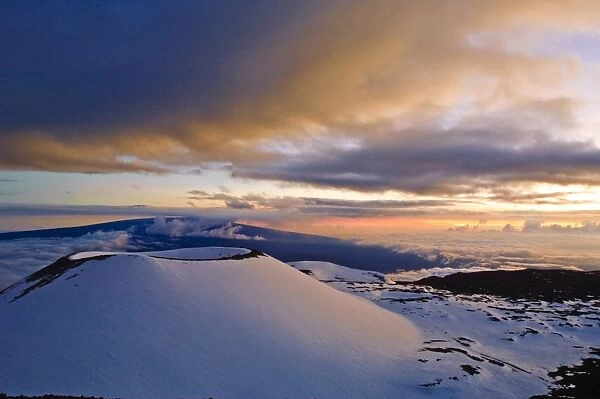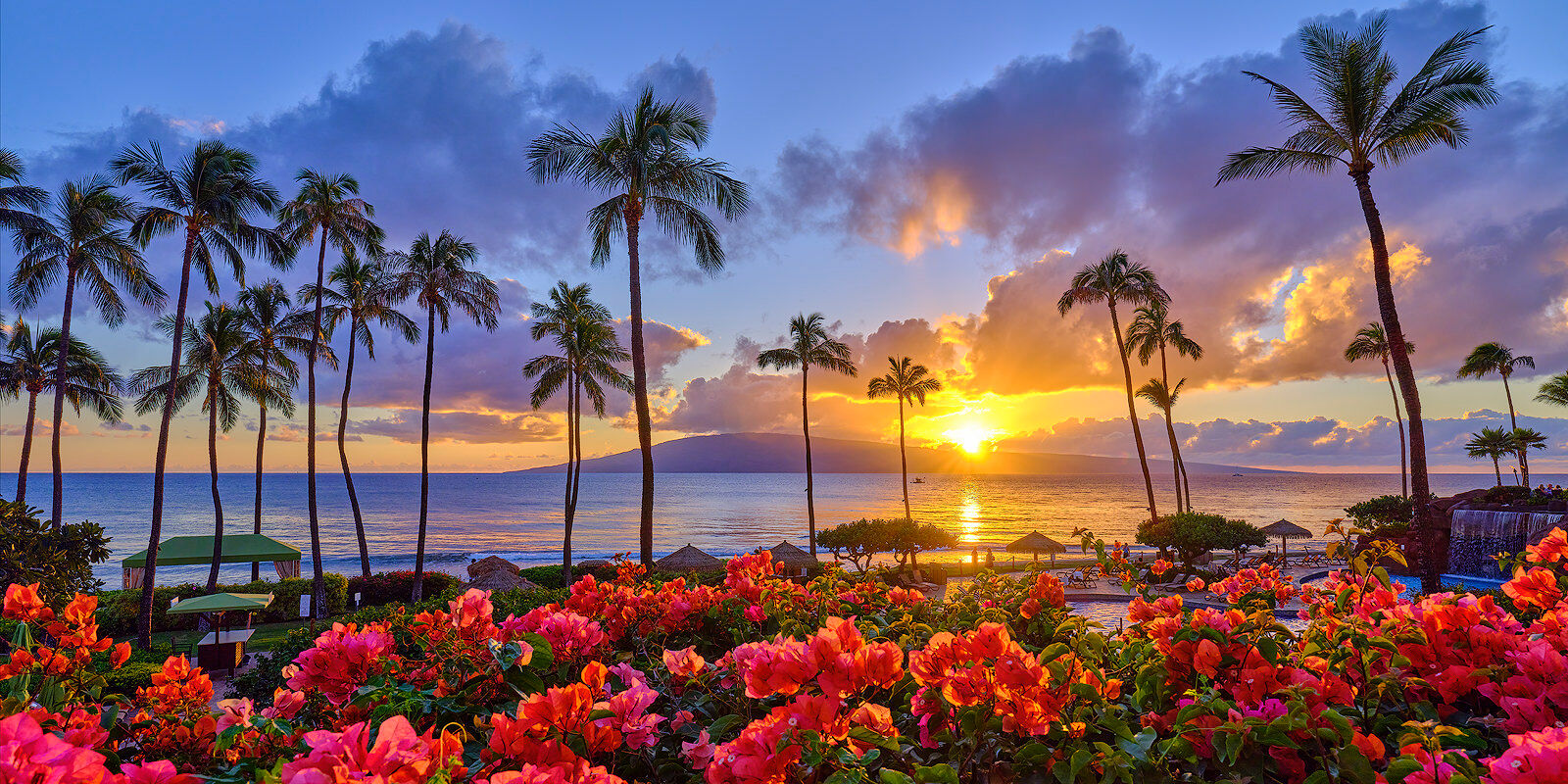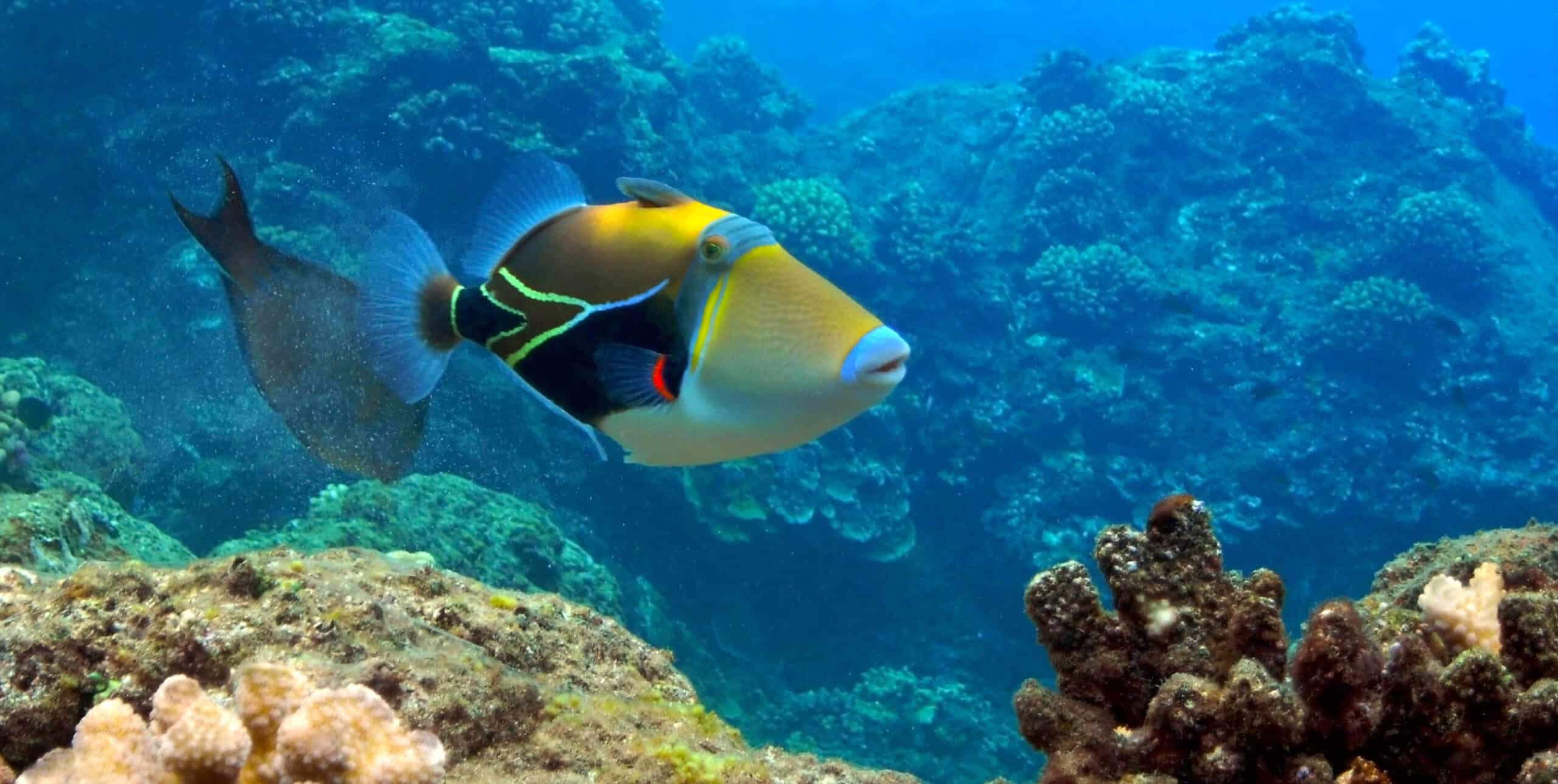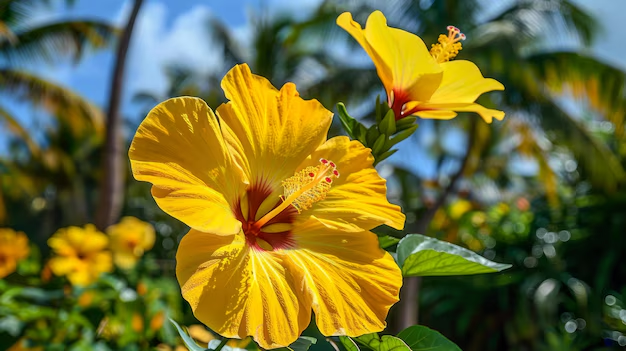Hawaii is known for its stunning beaches, vibrant culture, and tropical climate. However, one of the lesser-known aspects of this beautiful state is the occurrence of snowfall, particularly on its highest peaks. While many people think of Hawaii as a warm paradise, the islands’ mountains can surprise you with their wintery weather. In this article, we will delve into the fascinating phenomenon of Hawaii snowfall, where it occurs, how often it happens, and what makes it so special.
Understanding Hawaii’s Unique Climate
Hawaii’s climate is predominantly tropical, characterized by warm temperatures and abundant rainfall. However, the islands also feature diverse microclimates due to their varied elevations and geographical locations. The lower elevations are warm and humid, while the higher elevations, especially in the mountainous regions, can experience cooler temperatures and even snow.
The Science Behind Snowfall in Hawaii
Snowfall occurs when the atmospheric conditions are just right. For snow to form, temperatures must drop below freezing, allowing moisture in the air to crystallize into snowflakes. In Hawaii, this typically happens at elevations above 10,000 feet, where temperatures can plummet significantly, especially during the winter months. You Can Also Read This Hawaii Flowers: A Vibrant Display of Nature’s Beauty
The Role of Elevation
The elevation of Hawaii’s mountains plays a crucial role in the occurrence of snowfall. The two main peaks that receive snow are Mauna Kea and Mauna Loa, both located on the Big Island of Hawaii. Mauna Kea is the highest point in Hawaii, standing at 13,796 feet. Its summit experiences cold temperatures year-round, making it the most likely place for snowfall.
The Peaks of Snowfall: Mauna Kea and Mauna Loa
Mauna Kea
Mauna Kea is not just the tallest mountain in Hawaii; it is also one of the best places to experience snowfall in the state. The summit of Mauna Kea often sees snow during the winter months, particularly from November to March. Visitors can sometimes witness snow-covered landscapes that are in stark contrast to the tropical surroundings below.
The snow on Mauna Kea is usually light and powdery, creating a beautiful winter wonderland. This unique environment attracts not only tourists but also researchers and astronomers, as the summit houses some of the world’s most advanced telescopes.
Mauna Loa
Mauna Loa, while slightly shorter than Mauna Kea at 13,681 feet, also experiences snowfall. Although not as frequent or as heavy as the snow on Mauna Kea, it can still accumulate in certain weather conditions. The snow typically melts quickly, but during significant weather events, you can see a beautiful dusting on its slopes.
Both Mauna Kea and Mauna Loa are shield volcanoes, meaning they have gentle slopes and are less likely to erupt violently. This stability contributes to their ability to maintain snow caps during colder months.
How Often Does Snow Fall in Hawaii?
Snowfall in Hawaii is a rare occurrence, making it a unique phenomenon. On average, Mauna Kea receives snow about once or twice a year, with the heaviest snowfalls typically occurring between December and February. However, the amount of snowfall can vary greatly from year to year, influenced by various climatic factors.
Recent Snow Events
In recent years, there have been some notable snowfall events in Hawaii. For example, in January 2021, Mauna Kea experienced significant snowfall, leading to stunning visuals that captivated both locals and visitors. Social media was flooded with pictures of snow-covered landscapes, showcasing a side of Hawaii that many people never associate with the islands.
Snow Accumulation
The amount of snow that accumulates on these peaks can vary widely. Some years may see only a light dusting, while others may have several feet of snow. The snow usually melts quickly due to the warm temperatures at lower elevations, but the views while the snow is present are breathtaking.
What to Expect During a Snowfall in Hawaii
If you plan to visit Hawaii during the winter months and hope to see snow, there are a few things to keep in mind. The weather can change rapidly, and conditions at higher elevations can be quite different from those at sea level.
Dress Appropriately
When visiting Mauna Kea or Mauna Loa during the winter, it’s essential to dress appropriately. Temperatures can drop below freezing, and snow can create icy conditions. Layered clothing, hats, gloves, and sturdy footwear are recommended to keep warm and comfortable.
Accessibility
Access to the summits of Mauna Kea and Mauna Loa can be affected by snowfall. Roads may become icy or closed during heavy snowfall, so it’s a good idea to check the local weather reports and road conditions before heading up. Many visitors take guided tours, which can provide insight and ensure safety while navigating the mountain terrain.
The Impact of Snowfall on Local Ecosystems
While snowfall may seem like a rarity in Hawaii, it plays a role in the local ecosystem. The snow provides moisture to the mountains, which can contribute to the surrounding flora and fauna. Additionally, the snow-capped peaks create a unique habitat for specific plants and animals that thrive in cooler temperatures.
Unique Flora and Fauna
The high-altitude ecosystems of Mauna Kea and Mauna Loa are home to unique species that are adapted to the colder conditions. These ecosystems host various endemic plants, including the Mauna Kea silversword, which is a rare plant that only grows at higher elevations.
Conservation Efforts
As snowfall patterns change due to climate change, conservation efforts are becoming increasingly important. Scientists are studying the impact of shifting weather patterns on the unique ecosystems found on these mountains, striving to protect the delicate balance of life in these environments.
FAQs About Hawaii Snowfall
Does it really snow in Hawaii?
Yes, it does snow in Hawaii, but only on the highest peaks, mainly Mauna Kea and Mauna Loa. Snowfall is rare and typically occurs during the winter months.
When is the best time to see snow in Hawaii?
The best time to see snow in Hawaii is between December and February when the temperatures are cooler, and snowfall is more likely.
How can I get to the snow in Hawaii?
To reach the snow, you can drive to the summit of Mauna Kea. However, be sure to check road conditions and weather reports beforehand. Guided tours are also available for those who prefer a guided experience.
Is it cold on the mountains of Hawaii?
Yes, temperatures can drop below freezing at the summits of Mauna Kea and Mauna Loa, especially during winter. It is essential to dress warmly and be prepared for changing conditions.
Can I ski or snowboard in Hawaii?
While there is snow on the mountains, skiing and snowboarding are not common activities in Hawaii due to the short duration of snow cover and lack of infrastructure. The snowfall is more of a unique sight rather than a skiing destination.
Conclusion
Hawaii snowfall may be a surprising concept for many, but it highlights the incredible diversity of the islands. While most people think of sun-soaked beaches and tropical landscapes, the peaks of Mauna Kea and Mauna Loa offer a different experience entirely. Witnessing snowfall in Hawaii is a rare treat that showcases the islands’ unique climate and geography. For more information about the wonders of Hawaii, visit Hawaiian Page.



